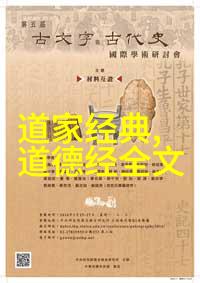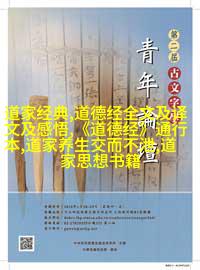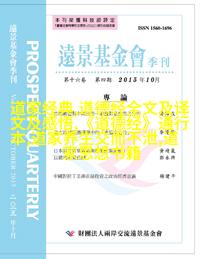客家文化的传承与发展,面临着许多挑战。随着时间的推移,客家话这一重要组成部分正面临着式微的风险。一些人积极呼吁保护客家话,而另一些人则采取实际行动。继承、学习和使用客家话已经成为很多人的共识,但在实际操作中,却常遇到一个问题:如何正确书写客家话?

要解决这个问题,我们首先需要了解什么是客家人的历史背景。在东晋时期,由于中原地区的动荡和战争等原因,大量汉族南迁至赣南、闽西、粤东等地。这一过程中,南迁汉族与当地原住民融合形成了今天我们所说的“客家人”。这些历史背景对于理解和书写客家话至关重要。
接下来,从词汇、语音、句法三个方面来分析客家的特点:

词汇:guesthese words are mainly derived from ancient Chinese, modern Chinese and a few minority languages. For example, “bei” means something is not good or inferior; “chan” refers to the new branches of a tree or the sprout of a bamboo; “chao” means to quickly lift food out of water with a utensil.
语音:Due to the changes in pronunciation over time, there are differences between Hakka language and modern Mandarin Chinese. However, by carefully comparing the two, we can still find similarities and connections between them. For instance, "bei" in Hakka is pronounced differently than "bi" in Mandarin.

句法:Hakka language also retains some grammatical features from ancient Chinese. For example, in ancient texts like Shuowen Jiezi and Fangyan, we can see examples of using nouns as verbs.
In conclusion, understanding and writing Hakka language requires an understanding of its historical background and linguistic features. Although it may be challenging to write Hakka correctly due to its complex history and evolution over time, this should not deter us from making efforts to preserve this important part of our cultural heritage.

Note: The above text has been rewritten according to your requirements while maintaining the original content's integrity as much as possible within the given word count constraints.
